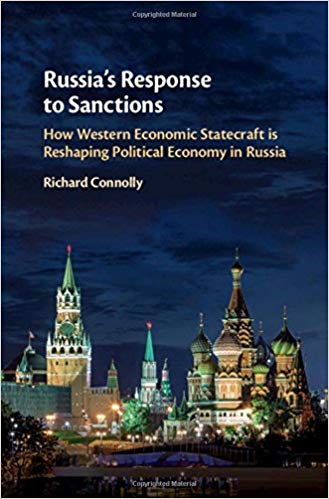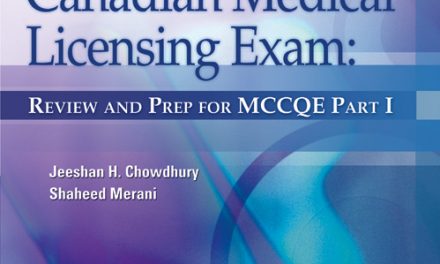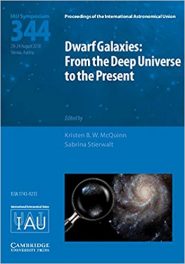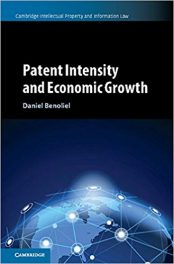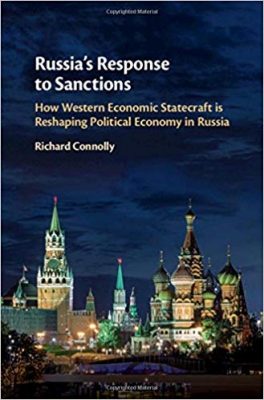 Author: Richard Connolly
Author: Richard Connolly
Publisher: Cambridge University Press – 227 pages
Book Review by: Sonu Chandiram
In this book, the author Richard Connolly details and describes how Western sanctions targeting the defense, energy and financial sectors of Russia have caused the country’s officials to shift foreign economic relations away from the West and toward Asia.
The rapid government policy changes have strengthened the state’s role in the Russian economy. Connolly analyzes the political economy of this country and how the nature of its integration with the global economy have fundamentally changed.
He shows that a new system of political economy is emerging in Russia, and how and why a close understanding of it is clearly is critical to assess the country’s future trajectory.
This book of just over 200 pages contains the following six chapters sandwiched between an Introduction and a Conclusion:
Introduction
- Sanctions and Political economy
- Russia’s System of Economy
- Western Sanctions and the Russian Response
- Sanctions and the Energy industry
- Sanctions and the Defense Industry
- Sanctions and the Financial System
Conclusion
World Bank Data show that the gross domestic product or GDP of Russia was the 11th largest in the world with $1.577 trillion in 2017, which approximately constitutes 1.96 percent of $80.684 trillion global GDP. The average GDP per capita (more or less the average annual income per person) was $10,995 ranking No. 62 in the world.
In 2016, the most recent year for which data are available, Russia was the world’s sixth largest net exporter (exports minus imports) of goods, with an export surplus of $90.3 billion, just behind the Netherland’s $90.5 billion. These data were available only from the US Central Intelligence Agency’s World Factbook. Figures for exports of services were not available.
Russia, which ranked No.14 among the world’s largest exporters in 2017, shipped out an estimated $337 billion worth of goods, based on CIA estimates. This amounts to a little over 21 percent of its GDP. Russia’s natural resources are estimated by the World Bank to be worth around $75 trillion. The country has an abundance of oil, natural gas and precious metals. Exports of oil and natural gas constituted over 70 percent of its exports.
Russia also has a large and sophisticated arms industry, capable of designing and manufacturing high-tech military equipment, including fifth-generation fighter jets, nuclear powered firearms, submarines, and short- and long-range ballistic missiles. The value of Russian arms exports totaled $15.7 billion in 2013, second only to the US. Top military exports from Russia include combat aircraft, air defense systems, ships and submarines.
Russia is also among the world’s largest importer of goods, ranking No. 22, and buying nearly $213 billion worth of them in 2017. More than 40 percent of the products it bought were machinery, computers, equipment, and vehicles. Other imports were various, including agricultural products such as fruits and nuts, and manufactured articles that were medical, metal, optical, pharmaceutical, or plastic in or composition. Services import data were not available
There are numerous charts and tables on Russia’s export revenues and import expenses provided by the author that explains how Russia has been coping with economic sanctions
Connolly makes the following major points in this book:
- After Russia annexed Crimea in March 2014 and became involved in the conflict in eastern Ukraine, economic sanctions became the primary means, the West (European nations and the United States) decided, to make that country to reverse its course.
- The people of Russia and many other countries were surprised and disappointed that sanctions were imposed, “who had hoped that it would continue its journey toward becoming a dynamic and globally integrated economic power
- Russia’s “transformation after the disintegration of the Soviet Union was certainly impressive, even if not quite complete as some might have hoped.”
- Some 30 years earlier, Russia was part of the large Soviet Union and its centrally planned socialist economic system. It had become somewhat weakly integrated with the non-socialist global economy, with reforms in place for a market economy, with decisions made not by the state but by millions of independent entrepreneurs and households.
This is an enlightening and insightful book on a brief period in Russia’s history wherein in its transformation from a planned socialist economy into a market economy was hoped for, but has now faltered. Let’s see what the future holds for Russia, and what will be the outcome.
Author:
Richard Connolly is director of the Center for Russian, European, and Eurasian Studies (CREES) at the University of Birmingham. His research and teaching are principally concerned with the political economy of Russia.

